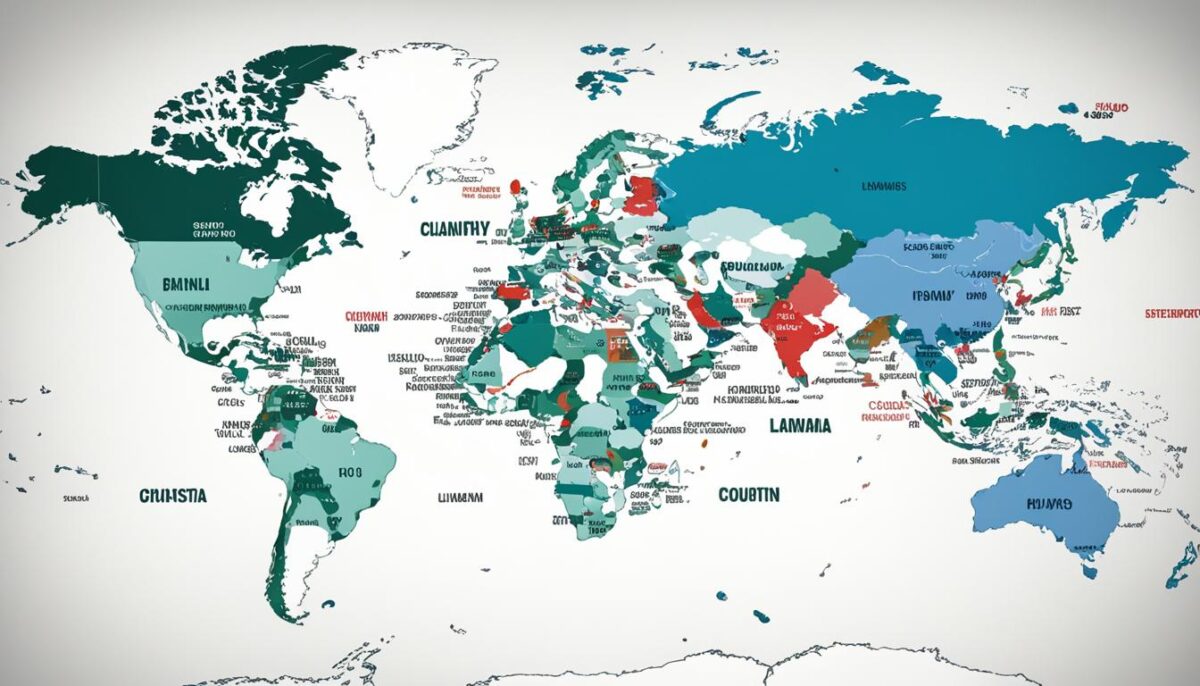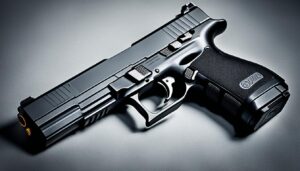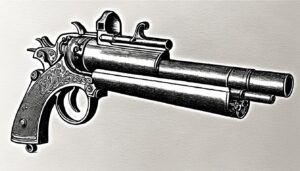The tapestry of gun control laws in the United States is as varied as the country’s vast landscapes. With each state weaving its own patch in this complex quilt, understanding where handgun prohibition stands can be quite perplexing. From the bustling streets of cities that have declared no-carry zones to the silent halls of government where firearm legislation is hotly debated, the narrative is continually evolving. This introduction serves as a guide through this intricate and contentious terrain, shedding light on the places where hand guns refrain from treading.
As we navigate this issue, it’s essential to remember the diversity of perspectives and legal interpretations that contribute to the national dialogue on firearms. It’s a topic that continues to challenge our balance of rights and responsibilities, with safety and liberty often cited in equal measure. Stay with us as we delve into the labyrinth of regulations and statutes that govern where and how hand guns can be carried in the United States.
Understanding Handgun Regulations in the United States
The discussion around handgun regulations in the United States often centers on a complex web of legislation that spans from the sweeping federal mandates to the nuanced intricacies of state dictates. In this exploration, we untangle the layers of law and policy that govern handgun ownership and use across the nation, illuminating the role that ATF regulations, concealed carry permits, state gun laws, and interpretations of the Second Amendment play in the national tapestry of gun control.
Overview of Federal Firearm Laws
At the heart of federal firearm legislation is the Gun Control Act of 1968, which sets the baseline for who may – or may not – legally own and operate a handgun. Alongside stands the Brady Handgun Violence Prevention Act, enacted in 1993, which reinforces mandatory background checks and waiting periods for gun buyers, a direct response to the need to curb gun violence. These laws are enforced by the Bureau of Alcohol, Tobacco, Firearms and Explosives (ATF), whose stringent ATF regulations guide both the letter and spirit of federal gun policy.
State-by-State Analysis of Handgun Restrictions
While federal laws create a framework, the vast diversity of state gun laws compounds the legal landscape. Concealed carry permits, for instance, illustrate a particular area where states diverge sharply. Some states honor a “shall issue” stance, obliging authorities to provide permits to applicants who meet basic requirements, whereas others have “may issue” laws, granting explicit discretion to authorities. To elucidate these contrasts, let’s consider a comparative table outlining the divergent policies of select states:
| State | Concealed Carry Policy | Notable Restrictions |
|---|---|---|
| California | May Issue | High-capacity magazine ban, Safe Handgun Roster |
| New York | May Issue | Assault weapon ban, SAFE Act |
| Texas | Shall Issue | Campus carry allowed, no magazine restrictions |
| Arizona | Unrestricted (permitless carry) | None |
The Impact of Second Amendment Rights on Gun Control
At the center of the gun regulation debate is the Second Amendment and its interpretation. Legal battles and scholarly debates swirl around this piece of the constitution, influencing state and federal policies alike. The highest courts in the land often weigh in, setting precedent that interprets Second Amendment rights in the context of evolving societal norms and technological advancements in firearms. These critical interpretations fuel ongoing dialogue on what responsible gun ownership and regulation should look like in the United States.
As the conversation on gun control continues to shape our nation’s policies and practices, understanding the depth and breadth of these regulations keeps one informed and engaged in the governance of Americans’ Constitutional rights.
Countries with Strict Hand Guns Banned Policies

International gun control remains a critical issue in creating safe societies around the world. Many nations have implemented stringent firearm legislation, setting an example through comprehensive handgun ban examples. Understanding global firearm legislation offers insights into various approaches countries take to curb gun violence and protect citizens.
In the United Kingdom, after tragic events such as the Dunblane massacre in 1996, rigorous laws were enacted leading to what is known as one of the world’s strictest gun control policies. The Firearms (Amendment) Act 1997 virtually banned handguns for the general public. The UK’s proactive measures serve as a hallmark for handgun regulation, with authorities maintaining robust enforcement practices. This has resulted in one of the lowest rates of gun homicides in the world, providing a potent comparison to U.S. policies.
Similar to the UK’s initiative, Japan’s gun control laws are exceedingly restrictive. Japanese citizens must undergo an extensive process to obtain a firearm, which includes obtaining formal instruction, passing written and practical examinations, and undergoing mental health evaluations and background checks. Japan’s legislation, one of the most stringent globally, accounts for the country’s negligible incidents of gun-related crimes.
Australia also witnessed dramatic changes to its gun legislation following the Port Arthur massacre in 1996. The National Firearms Agreement (NFA) led to prohibitive gun control measures, including a massive buyback program to eliminate semi-automatic firearms and shotguns. Australia’s commitment to stringent gun control measures has drastically reduced gun violence, reinforcing the efficacy of international firearm legislation.
“The worldwide push for stringent gun control reflects a commitment to prioritizing citizen safety and reducing the potential for firearm-related tragedies.”
- The UK’s ban on handguns sets a global precedent for firearm legislation
- Japan’s exhaustive process for gun ownership highlights cultural prioritization of public safety
- Australia’s rapid legislative response and buyback initiative demonstrate the country’s decisive approach to gun control
Exploring international responses to gun violence through various handgun ban examples underlines the diverse methods countries employ to protect citizens and maintain public order. Comparing these international gun control efforts to those within the United States allows for critical reflection on the effectiveness of global firearm legislation.
Exploring Gun-Free Zones Within the US
As discussions on gun control persist, a notable aspect of firearm legislation in the United States centers around gun-free zones. These areas, established by federal or state law, stipulate locations where the possession of firearms is strictly prohibited in efforts to enhance public safety measures. Specific environments like educational institutions, workplaces, and various public spaces have distinct regulations that govern the presence of handguns. Understanding the breadth and intent of these prohibitions sheds light on the nation’s ongoing efforts to balance Second Amendment rights with the safety concerns of its citizens.
Educational Institutions and Handgun Bans
In the realm of education, gun-free school zones have been a pivotal aspect of firearm policies. Stemming from the Gun-Free School Zones Act of 1990, the prohibition of handguns on educational premises reflects an unequivocal societal commitment to the safety of students and staff. The act pertinently illustrates the preventative measures that have been legislatively enacted to shield young Americans and educational professionals alike from the threat of gun violence in environments dedicated to learning and development.
Workplace Regulations Regarding Firearms
When it comes to the professional setting, corporate firearm policies are increasingly becoming a part of the dialogue for companies nationwide. Businesses are tasked with navigating the delicate balance of upholding Second Amendment rights while ensuring a safe work environment. This entails a nuanced approach to crafting policies that may include concealed carry restrictions, aimed not only at protecting employees but also at mitigating liability and fostering a secure atmosphere for all involved.
Handgun Prohibition in Public Spaces and Events
Furthermore, handgun restrictions extend to various public spaces and during sizeable events, where public safety is paramount. Such areas, ranging from government buildings and places of worship to crowded venues such as concerts and festivals, often mandate strict firearm prohibitions. These measures, which reflect an increasing awareness of public security needs, are integral to law enforcement’s ability to prevent potentially tragic occurrences of gun violence and maintain public peace and order.




